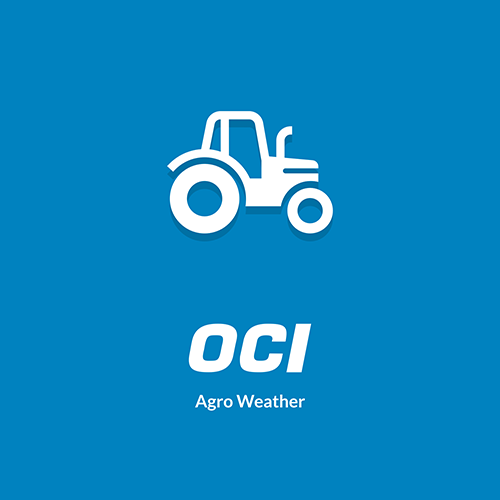Pest management – how robust nutrition can protect crops from pests
Pest control can be a perennial issue for arable farmers, hampering yields and meaning that crop quality targets can be missed, leading to significant economic losses.
However, traditional methods of dealing with pests have typically revolved around the use of chemical pesticides, but they can bring their own issues.
Water contamination: Pesticides can leach into groundwater or run off into waterways, contaminating drinking water sources.
Loss of biodiversity: Pesticides can harm non-target species, including beneficial insects, birds, and aquatic life.
Pest resistance: Over time, pests can develop resistance to pesticides, rendering them ineffective and leading to the need for stronger or different chemicals.
And while it’s a known fact that strong and healthy crops will prove more resilient to pests, there’s a growing body of research suggesting that correct nutrition can play a pivotal role in crop protection. More information on pest and disease monitoring, from field experiments through to national surveys, can be found on the NIAB website.
Here, we will delve into how the correct nutrition can protect crops from pests and reduce the need for chemical pesticides.
 The role of primary nutrients
The role of primary nutrients
When crops receive the right nutrients in appropriate amounts, they grow strong and can defend themselves against various pests and diseases.
Creating a nutrient management plan is a great way of ensuring the crop’s nutrients needs are met. In depth information can be found on the Defra website.
Ultimately, a well-nourished crop is a crop that’s more resilient to pest invasion.
Nitrogen (N): While essential for plant growth, excessive nitrogen can make crops more attractive to pests, particularly aphids and certain types of beetles Balancing nitrogen levels is therefore crucial to avoid lush and soft crop growth which certain pests find irresistible.
Phosphorus (P): This nutrient plays a role in energy transfer and strengthens plant cell membranes. When plants have enough phosphorus, they can repair tissue damage quickly and become less attractive to pests that feed on plant sap.
Potassium (K): Strengthens plant cell walls, making it harder for pests to feed on them. Additionally, potassium improves a plant’s water use, making it more resistant to drought and certain diseases.
Secondary nutrients and micronutrients
Secondary nutrients like calcium, magnesium, and sulphur, as well as micronutrients like zinc, iron, and manganese act to enhance the structural integrity of plants and their biochemical defence mechanisms.
Calcium (Ca): Helps in cell wall development, making it harder for pests to penetrate.
Silicon (Si): Enhances plant strength and resistance to sucking pests.
Zinc (Zn): Activates enzymes that are crucial for synthesising proteins that deter pests.
Soil health is paramount
Healthy soil is the foundation of a well-nourished plant. Enriching the soil with fertilisers, manures, and other organic matter can ensure that plants get a steady supply of essential nutrients.
This not only strengthens the plants but also promotes beneficial microorganisms that can deter pests.
Soil testing is the best way to make informed decisions about crop nutrition by understanding the composition of the soil, and knowing which elements like nitrogen, phosphorous, potassium are lacking.
More information about soil health and the importance of soil testing is available in our blog: The importance of soil testing: Making informed decisions.
Conclusion
By focusing on correct nutrition, farmers can ensure their crops are not only yielding optimally but are also resilient against the myriad of challenges they face.
The future of pest management is therefore holistic, sustainable, and rooted in the foundational principles of plant health.


